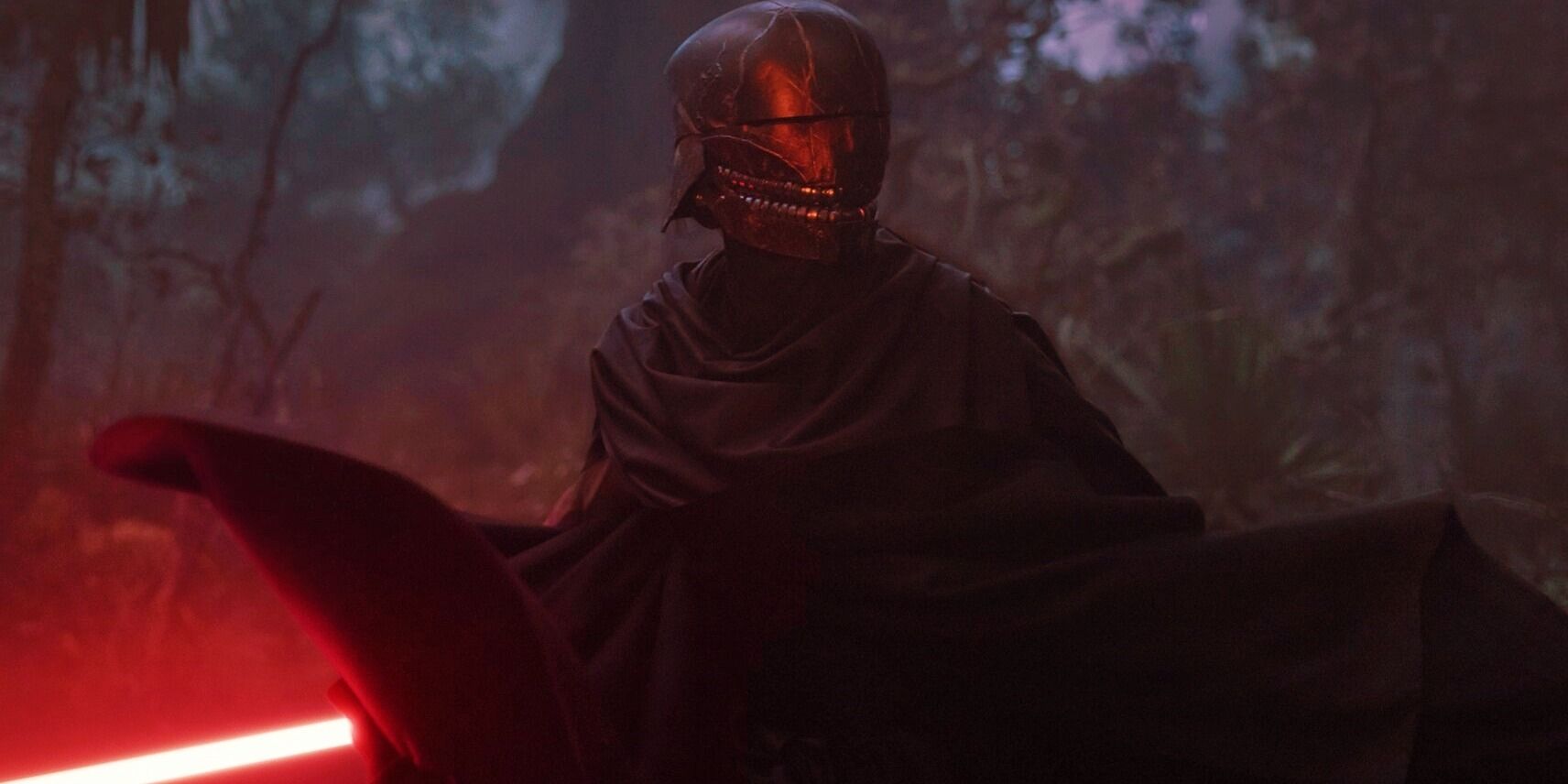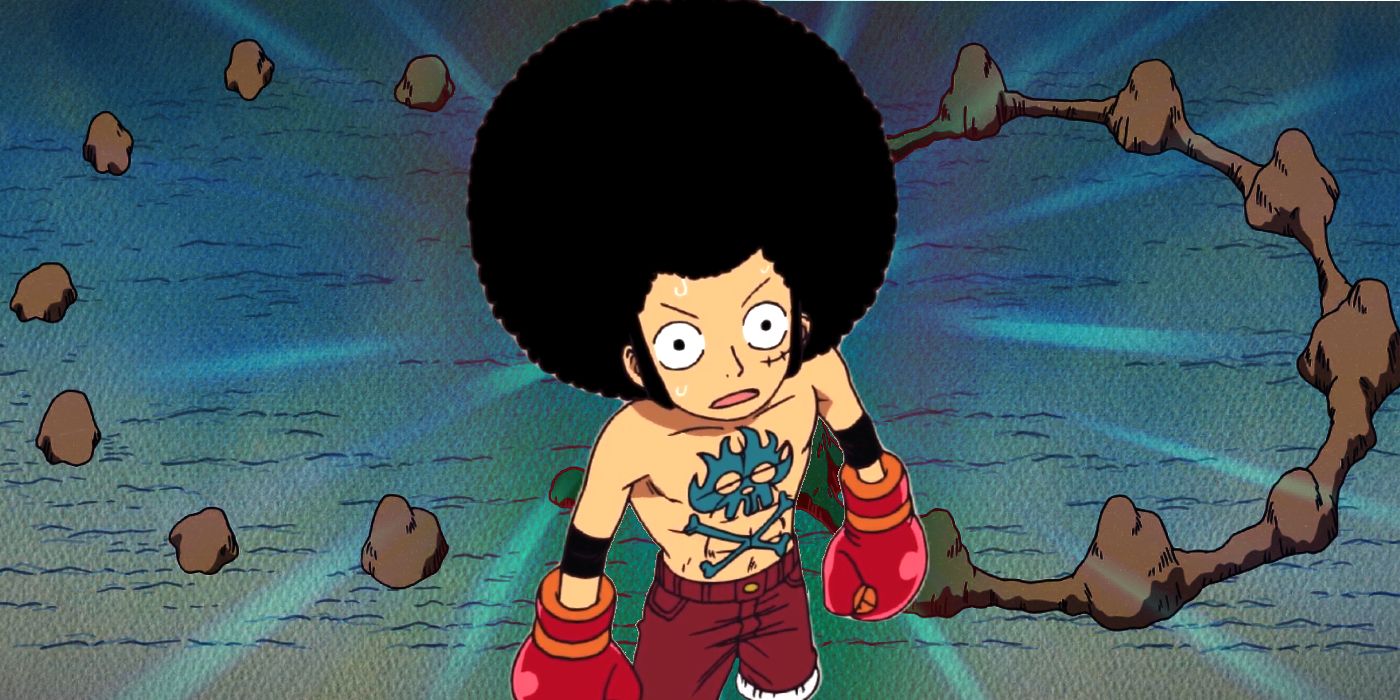Before Dungeons & Dragons, the world’s first role-playing game, fantasy media was full of fantastical creatures and enemies, but after D&D, there were also slimes. First conceived as a mindless but dangerous foe a Dungeon Master could plop into any subterranean catacomb, the humble Slime soon became a staple threat in fantasy books, other tabletop RPGs, and video game RPGs such as Dragon Quest. This article will take a look at concept of a slime monster and speculate on just why this unassuming enemy “oozed” its way into so many works of fantasy.
Conflict between differing moral character alignments lies at the root of D&D and other works of fantasy – the struggle to find balance between Law and Chaos, the struggle to grow as an individual, but more often the struggle between a side that is “good” and a side that is “evil.” To create embodiments of evil that their heroes can “slay” free of guilt, creators of fantasy and science-fiction stories often create a set of life-forms that are either intrinsically or culturally evil – barbarians, demons, or fictional species like the “corrupted” Orcs of J.R.R. Tolkien’s Lord of the Rings trilogy. By creating a fictional evil race designed to be gloriously murdered, however, game designers make evil less interesting in games like D&D, while fantasy storytellers risk miming the rhetoric of fascists, radical bigots, and authoritarian strongmen the world over, who also love to imagine caricatures of evil “others” in order to dehumanize real people and glorify atrocity.
Perhaps this is why Slime monsters show up so often in video games like Dragon Quest and Final Fantasy. As mindless, non-human monsters, they don’t overlap with any real-world stereotypes of ethnicity, culture, or class. As a crawling mass that consumes bio-mass to grow in size, it can be both a mild joke of a threat and a writhing colossus of acidic terror. Finally, since the concept of a slime monster is so simple, game designers looking to make tabletop fantasy RPGs or digital video games can freely add their own new twists to the concept without changing its essence (as seen in the cute Slime Rancher farm management video game).
How D&D Slimes Were Inspired By Movie Monsters & Real-Life Slime Molds
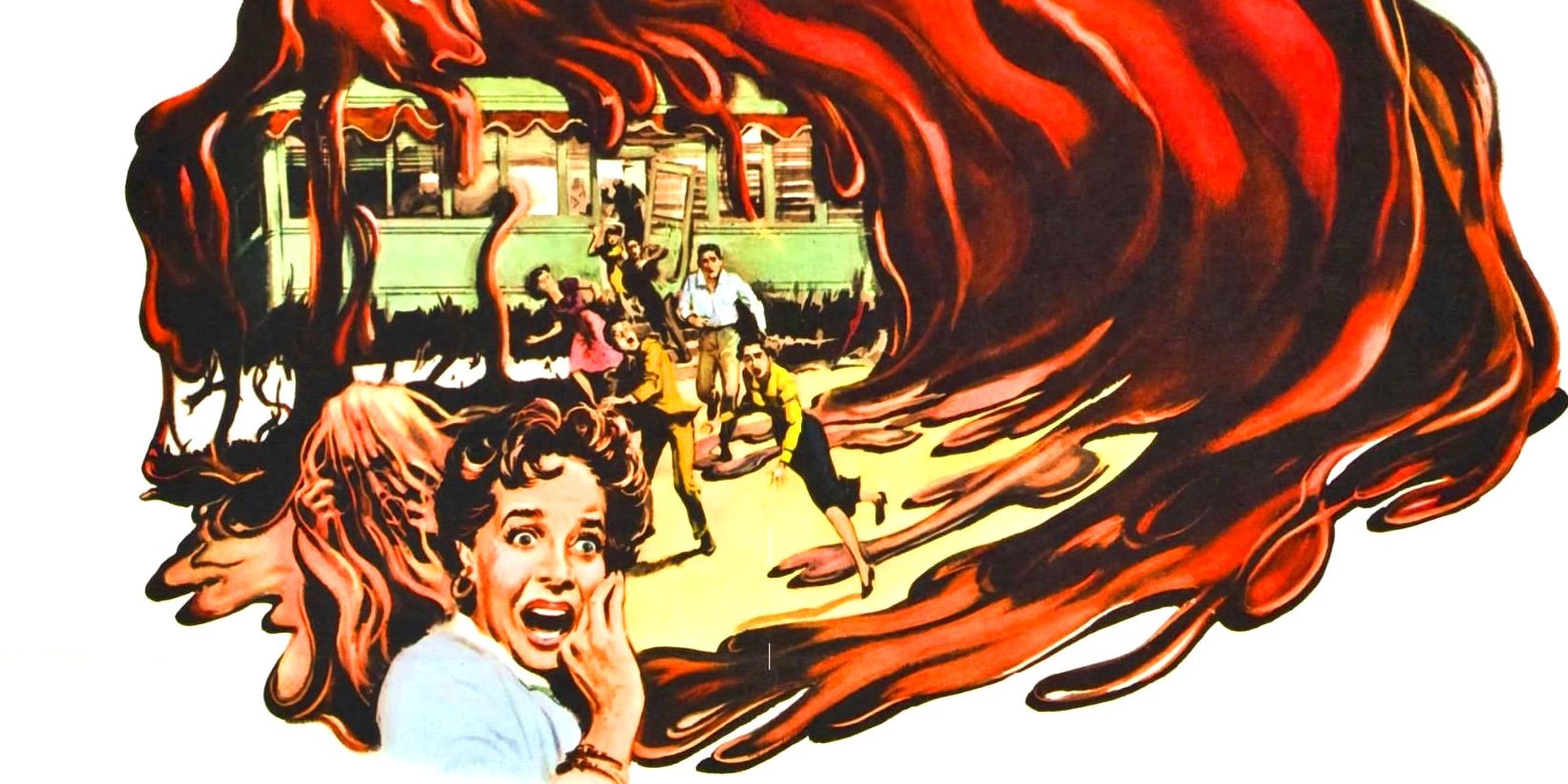
The biggest pop-culture inspiration for slime monsters in early D&D likely would have been The Blob, both the 1958 sci-fi horror movie starring Steve McQueen and the 1988 remake. The iconic blob monster of this movie was a white blood cell or predatory eukaryote writ-large, an oozing mass that enveloped and digested living creatures, growing larger with each piece of biomass consumed, vulnerable only to low extremes of temperature. Early D&D content may not have won awards, but cheerfully blurred the lines between science fiction and fantasy, as can be seen in Gary Gygax’s Expedition to the Barrier Peaks module where fantasy adventurers dungeon-crawled through the corridors of a crashed spaceship; the introduction of a sci-fi B-movie monster would have been mild in comparison.
On Video Games of the Oppressed, contributor Joffeorama published an article that examined the origins of slime monsters and even identified fascinating real-life organisms with characteristics similar to those of the archetypal fantasy slime in early Dungeons & Dragons. Joffeorama first points to the existence of “Snottites,” colonies of single-celled bacteria that hang from the ceilings of caves, stalactite-style, and excrete corrosive sulfuric acid as part of their life cycle. Joffeorama also discusses a mysterious phenomenon called “Star Jelly,” strange gelatinous masses found in open fields and on trees; ancient philosophers assumed these Star Jellies were the remnants of falling stars, while more modern scientists tend to identify Star Jelly as the organic byproducts of toads, slime molds, or cyanobacteria colonies.
How D&D Designers Adapted Slime Monsters To Fit Dungeon-Crawling Gameplay
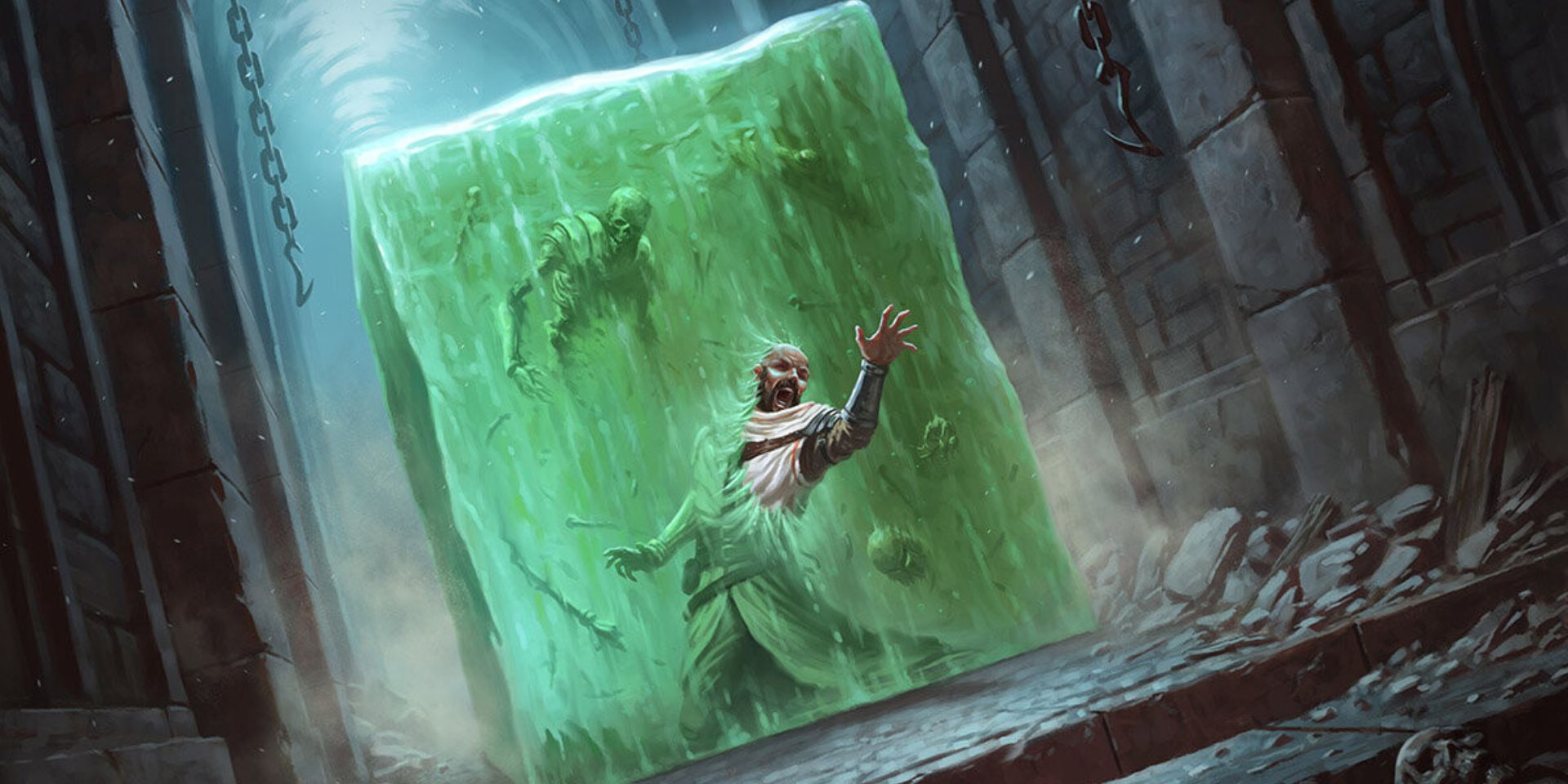
In contemporary monster manuals of Dungeon & Dragons, slime-style enemies collectively referred to as oozes. Nearly every ooze type in the 5th Edition Monster Manual has the Amorphous trait, letting them squeeze through narrow apertures, and instinctively tries to digest player characters with acid attacks (making traditional D&D PC resurrection even with house rules nigh impossible). Specific varieties of ooze have unique abilities designed, frankly, to ruin an adventuring party’s day; the medium-size Grey Ooze, for instance, can disguise itself as a wet puddle or slick of oil and secretes a special substance that can dissolve metal weapons and armor, while the large Ochre Jelly can split into two separate entities if struck by a slashing or lightning attack.
The most infamous slime enemy of D&D, the silly and ominous Gelatinous Cube, was first introduced in 1970s D&D manuals and comes across a sly commentary on the contrived aspects of dungeon-crawling in fantasy RPGs. Conceptually, D&D‘s Gelatinous Cube monster is a party nightmare, a ten-foot by ten-foot block of wobbling protoplasm, the exact same size and shape of the dungeon corridors Dungeon Masters drew on their square-grid maps and sheets of graph paper. When standing still, the gelatinous cube is completely transparent and invisible, making it possible for hapless fantasy adventurers to walk straight into its caustic gullet and get eaten alive. The Gelatinous Cube will digest any organic matter it swallows while leaving items of metal or stone intact; thus, in a D&D campaign, it’s not uncommon for adventuring parties to encounter a gelatinous cube with a treasure trove of classic D&D weapon materials, armor, and gold coins floating in its depths – theirs for the taking if they can find a way to slay it. On a meta-narrative level, the Gelatinous Cube is simultaneously a monster, a trap, a treasure chest, and an explanation for why the tunnels and chambers of a dungeon are kept spotlessly clean.
How RPG Video Games Like Dragon Quest Codified Cute, Weak Slime Enemies
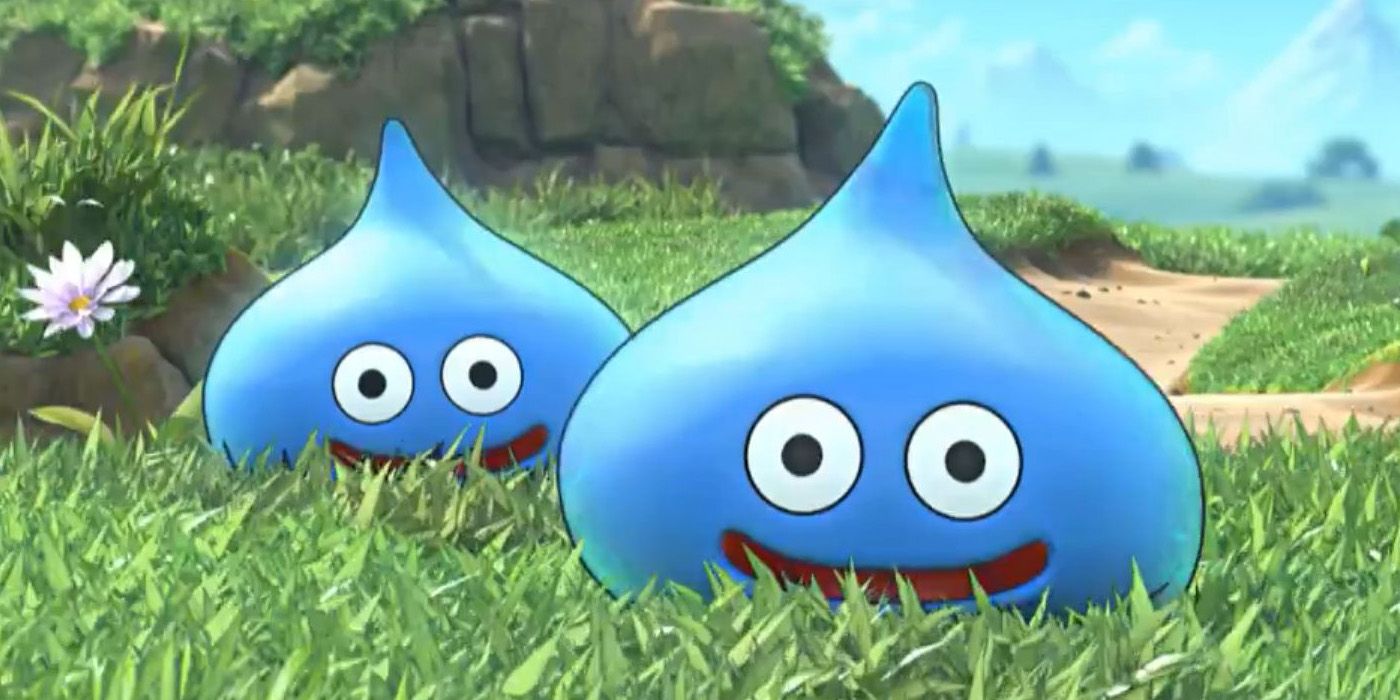
The modern notion of a fantasy slime as cute and weak owes much to the original Dragon Quest RPG, published by Enix for the Nintendo Entertainment System in 1986. Drawing inspiration from classic computer RPGs such as Wizardry and Ultima, Dragon Quest stood out from its console competitors thanks to its colorful graphics and cartoon-like character sprites derived from the artwork of Dragonball manga illustrator/writer Akira Toriyama. Of the many D&D-style enemies players could encounter in the open world, the humble slime enemy – mono-colored, shaped like a teardrop candy, humanized with two large googly eyes – was the most iconic, and eventually became the mascot of the Dragon Quest franchise as a whole.
Many JRPG franchises like Final Fantasy wound up emulating the then-unique design features of Dragon Quest, adopting its turn-based combat and open world exploration along with its depiction of slimes as cute, weak, and candy-like. Stardew Vallley, Risk of Rain, Eastward, Slime Rancher and the recently released Slime Rancher 2 – all of these games and more have near-identical creatures that can be cut and harmless or just as corrosive as their Dungeon & Dragons counterparts.

